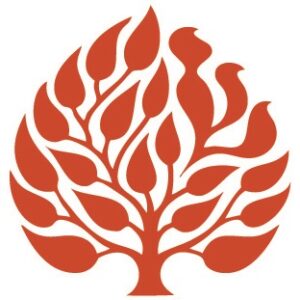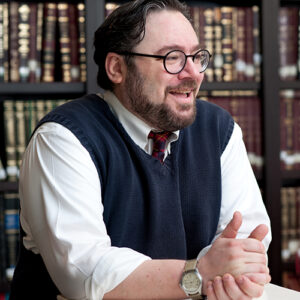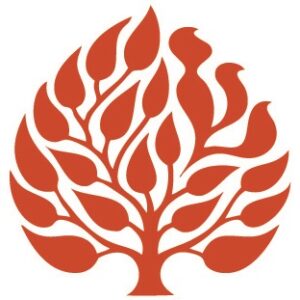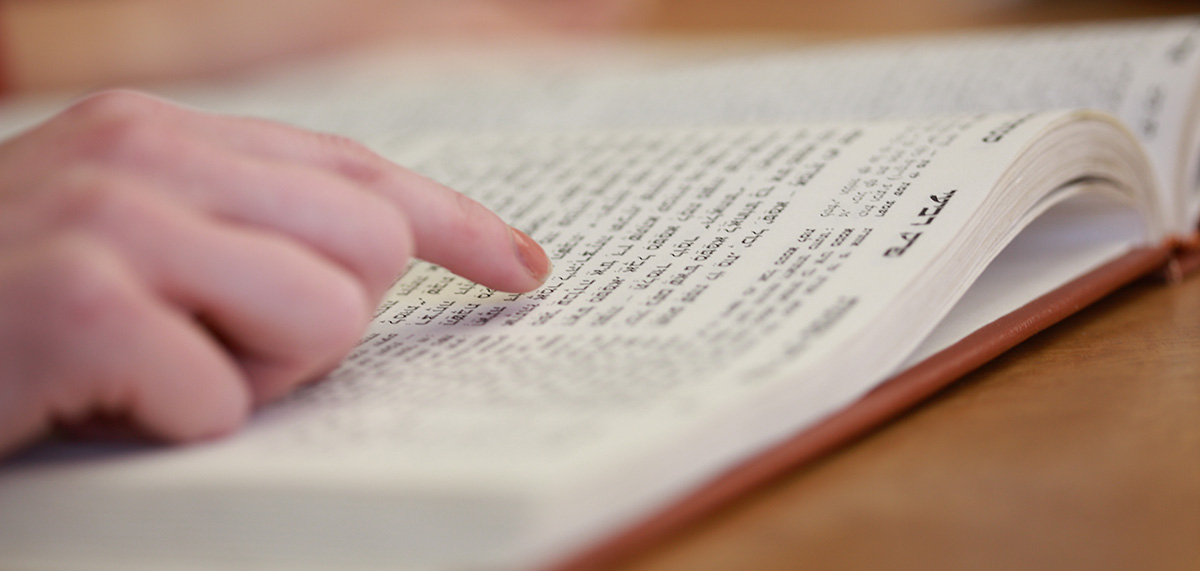Search Results
Back to JTS Torah Online's Main page
A Wandering People: Jewish Journeys, Real and Imagined
By The Jewish Theological Seminary | Public Event video | Video Lecture
Notions of home and homeland have been redefined by Jewish wandering. Drawing on literary, spiritual, and historical sources and responses, JTS scholars explore what happens when Jews—whether by force or voluntarily, whether in reality or in the imagination—travel from one place to another.
Read More
Your God is My God
With these words, Ruth takes on Naomi’s religion. Ruth is emblematic of the process of becoming a Jew and these texts illuminate both her model and others of conversion. TEXT Love for All (Judith Hauptman): The commandment to love the stranger as yourself as a connection to conversion at Sinai Video Insight on Conversion from […]
Read MoreRosh Hashanah Torah Readings
By The Jewish Theological Seminary | Collected Resources | Va'era | Vayera | Rosh Hashanah
Both of the Torah readings for Rosh Hashanah are taken from Parsha Vayera. The first day reading tracks the birth of Isaac, the exile of Hagar and the subsequent saving of Ishmael. The Akedah or Binding of Isaac is read on the second day.
Read More
Seder Symbols
Pesah, matzah, and maror provide important experiential connections to the feeling of being enslaved and free. Texts Matzah’s Majestic Meaning (Judith Hauptman): Both the bread of affliction and redemption Pesah Three Ways (Matthew Berkowitz): Exploring the multiple meanings of the Pesah sacrifice Videos The Bitter Truthwith Dr. David KraemerConsider having a Maror tasting at your […]
Read MoreShabbat Shuvah Torah Reading
By The Jewish Theological Seminary | Collected Resources | Ha'azinu | Shabbat Shuvah | Vayeilekh
The Shabbat between Rosh Hashanah and Yom Kippur is called Shabbat Shuvah, the Shabbat of Return. The Torah portion can vary depending on the timing of the calendar. Ashkenazi Jews read Hosea 14:2-10 and Joel 2:15-27, while Sephardic Jews read Hosea 14:2-10 and Micah 7:18-20. The first word of Hosea is “Shuvah” (return) and led to the naming of this Shabbat.
Read MoreIn Every Age
By The Jewish Theological Seminary | Collected Resources | Hanukkah
The story of the military victory of the small band of Maccabee fighters over the Assyrian army is reflected through the prisms of rabbinic learning and contemporary commentary to create a modern understanding of the holiday
Read More
Evolution of Torah: Christian Spain
Establishing Torah Culture (Seaon 2, Episode 5) All the legal cultures we discussed in this season come together in Christian Spain in the 14th Century. Rabbi Asher ben Yehiel (the Rosh) is one of the rabbis leading the integration of the legal culture of Muslim Spain, with the interpretative work of France and the rabbinic […]
Read More
Trope & Nusah
Trope Recordings by Cantor Sarah Levine (CS ’17). For the Book of Ruth Festival Nusah (Lower Voice) Recordings by Rabbi and Hazzan Seth AdelsonProject coordinator: Rabbi David Freidenreich Festival Ma’ariv Festival Shaharit Festival Musaf Festival Nusah (Higher Voice) Recordings by Cantor Arianne BrownProject coordinator: Rabbi David Freidenreich Festival Ma’ariv Festival Shaharit Festival Musaf
Read More
Esther, Vashti, and Gender
The king loved Esther more than all the other women, and she won his grace and favor more than all the virgins. So he set a royal diadem on her head and made her queen instead of Vashti. Esther 2:17 Purim Heroines (Dr. Stefanie Siegmund): Reconsidering the story of Esther in light of crypto-Jews Purim Reversals (Rabbi […]
Read More
The Work of Her Hands: The Art of Lynne Avadenka and the Craft of Jewish Women Printers
This exhibit featured a selection of rare books printed by Jewish women from the earliest days of Hebrew publishing alongside new artwork created by American artist/printmaker Lynne Avadenka.
Read More
Elul: A Time of Preparation
Preparing for the High Holidays begins with Rosh Hodesh Elul. We observe the month by blowing the shofar each morning (except for shabbat) to awaken our spirit and begin the process of reflection and repentance. This is the perfect time to fulfill Rabbi Abraham Joshua Heschel’s exhortation, “The life of a Jew requires focus and direction, and cannot be carried out offhandedly.”
Read More
Evolution of Torah: France
By Marcus Mordecai Schwartz | Podcast or Radio Program
Establishing Torah Culture (Season 2, Episode 3) This episode focuses on Rashi (1040 – 1105, Rabbi Solomon ben Isaac) and his intellectual (and genetic) heirs. We start by exploring the significant differences between French rabbinic culture and that of North Africa and Muslim Spain. As opposed to summarizing the law as presented in the Talmud […]
Read More
Yom Kippur Torah Reading
By The Jewish Theological Seminary | Collected Resources | Aharei Mot | Yom Kippur
The Yom Kippur Torah portion is taken from Aharei Mot. In the morning service, the reading (Leviticus 16:1-34) describes the priestly duties on Yom Kippur and the ritual of the scapegoat. While the afternoon (18:1-30) describes forbidden relationships and marriages. The Haftarah in the morning is from Isaiah 57:14-58:14 and highlights themes of repentance and fasting. During mincha, the book of Jonah is read.
Read MoreThe Laws of Hanukkah
By The Jewish Theological Seminary | Collected Resources | Hanukkah
Celebrating Hanukkah means publicizing the miracle–these JTS sources offer guidance in fulfilling the halakha for this holiday.
Read More
Human or Divine?
God is never mentioned in the Megillat Esther. These reflections explore the interplay between the human and the divine in the Purim story and beyond. The Whimsy, Confusion, and Hope of Purim (Chancellor Emeritus Arnold Eisen) Finding God in the Purim story and world events God Helps Those Who Help Themselves (Dr. Raymond Scheindlin): “the main […]
Read More
The Dynamics of Change
By The Jewish Theological Seminary | Public Event video | Video Lecture
Change is an integral part of life and a central feature of the Jewish experience. Join JTS scholars for an in-depth exploration of significant changes—religious, political, and personal—throughout Jewish history and life. Together we’ll consider core questions such as: What inspires change? What circumstances are most conducive to change, and what (or who) drives it? How do we experience change and adapt to its impact? How can Jewish values and ideas inspire us to change the world for the better?
Read More
JTS High Holiday Reader 5784
By The Jewish Theological Seminary | Collected Resources | Commentary | Rosh Hashanah | Yom Kippur
JTS provides extensive resources to help you reflect and focus your intentions around Rosh Hashanah and Yom Kippur. This year, we are pleased to provide a new printable reader to make your holiday experience more engaging, especially if you plan to spend many hours sitting in synagogue services. This curated collection of commentaries by JTS faculty and staff—entitled Choice and Change—offers insights into the text, liturgy, and themes of the High Holidays.
Read More
The Jews of Corfu: Between the Adriatic and the Ionian
By Library of the Jewish Theological Seminary
This unprecedented exhibition offered a window into the rich history and culture of the little-known Jewish communities of Corfu. Columbia University and JTS, two of the world’s largest repositories of rare materials from Corfu, displayed a selection of illustrated prayer books, historical documents, celebratory poems, and elaborately decorated ketubbot telling the story of the island’s vibrant, distinct, and sometimes contentious Jewish communities. Situated on a major trade route, these communities thrived under Venetian and then Greek rule from the Middle Ages until 1944, when the Jews of Corfu were almost entirely annihilated by the Nazis.
Read More
Passover Learning
Collected Video, Commentary, and more from JTS scholars to broaden the holiday of Pesah
Read MoreSUBSCRIBE TO TORAH FROM JTS
Our regular commentaries and videos are a great way to stay intellectually and spiritually engaged with Jewish thought and wisdom.




